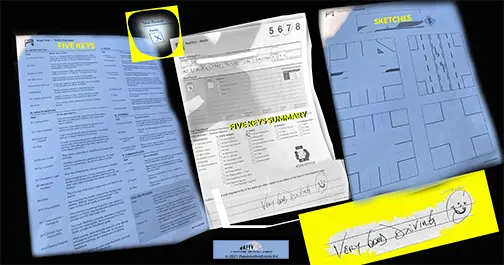Throughout my career in senior management, a key practice for successfully completing projects was identifying and engaging with the UDM— the Ultimate Decision Maker—within an organization.
Over the years of teaching in B.C., various insights from ICBC examiners have been shared in different formats. Below is a summary of valuable tips that can help you understand what to expect when taking an ICBC driving test.

ICBC DRIVING TEST FROM
THE HORSE’S MOUTH
Before the test, make sure to ask any questions you may have. Ensure your vehicle passes the safety check and is in good working order. Phones should be turned off or set to silent, as they are not allowed during the test.
During the test, follow the examiner’s directions and obey all road signs, traffic lights, and pavement markings. Always drive safely, maintaining a steady speed within the limit and keeping a safe distance from other vehicles. Stop completely at all stop signs and red lights before proceeding.
You will be asked to demonstrate certain vehicle handling skills, including parking maneuvers like parallel parking. Expect to be evaluated on your ability to respond to potential hazards such as hidden driveways or children near the road.
Always use your mirrors and check blind spots when turning or changing lanes. When approaching an intersection, even if the light is green, scan the area before driving through to ensure it is safe.
If merging onto a highway, use the acceleration lane to match the speed of the traffic, but be mindful not to exceed the speed limit. Perform lane changes safely by signalling, checking your mirrors, and shoulder checking.
Parking is part of the test, but touching the curb while parking is not a fail. Similarly, while backing up, you should not rely only on the backup camera; always check your surroundings manually.
Avoid being either too cautious or too aggressive, as both will be assessed during maneuvers like turning or changing lanes.





Comments are closed